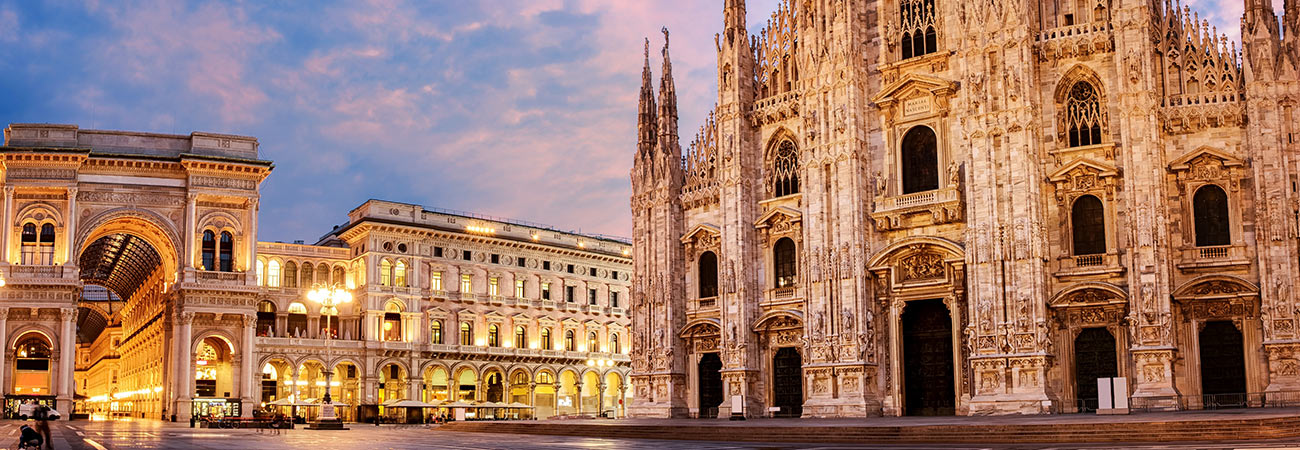
Lombardy
Visit Lombardy, garden of the world, between magical lakes and valleys of wine
Things to do in Lombardy
All the experiences and attractions for the most popular activities.
Territory of Lombardy
The territory of Lombardy is divided almost halfway between the mountains and the plains, which occupy respectively 41% and 47% of the regional territory, while the remaining 12% is occupied by the hilly areas.
The region can be divided into 4 areas according to morphology: an Alpine, a mountainous and hilly, a flat divided into Upper and Lower Plain and finally the area below the river Po, the largest in Italy, one of the ten rivers that flow through the region. The Lombard territory, moreover, is characterized by the massive presence of lakes, a hundred both natural and artificial, including Lake Garda, Lake Maggiore and Lake Como, which are respectively the first, the second and the third largest lake in Italy for surface area and volume.
Useful information about Lombardy
Lombardy is a region in the north-west of Italy. It has as its capital the metropolitan city of Milan and 11 other provinces (Lombardy is the Italian region with more provinces and more municipalities).
It is bordered to the north by Switzerland (Canton Ticino and Canton Grigioni), to the west by Piedmont, to the east by Veneto and Trentino-Alto Adige and to the south by Emilia-Romagna.
Top Attractions in Lombardy
all entrance tickets for the most popular Italian attractions
Milan Cathedral
MilanPalazzo Te Mantua
MilanVilla Necchi Campiglio
MilanBernina Red Train
MilanSan Siro Stadium
MilanLa Scala Theatre
MilanLake Como tour
Lake ComoDiscover the Italian Ambassador of Excellence in this region
Looking for tips for your next trip? Ask Monna Lisa.

Places and tours of Lombardy
The Lombard territory is very vast and varied, so there are many places and tours of Lombardy worthy of note.
Among the historical and architectural beauties we must mention Milan with all its beauties: from the wonderful Duomo to the Castello Sforzesco, passing through the Civic Museum, the Archaeological Museum and the Gallery of Modern Art. Other famous monuments are the Charterhouse of Pavia and the Abbeys of Chiaravalle and Morimondo and the Piazza Ducale of Vigevano.
For nature lovers, the region offers the beauty of the great lakes: Lake Garda, Lake Maggiore, Lake Como and Lake Iseo. The Val Camonica is absolutely worth mentioning, as in addition to its great scenic beauty, it also boasts traces of the first human settlements in this area, dating back to the Mesolithic era. Other natural beauties worthy of note are those of Franciacorta, of Oltrepò Pavese, and of the entire Po Valley.

Food and flavours of Lombardy
Food and flavours of Lombardy are very varied, since Lombard cuisine has been influenced by the variety of its territory. The first courses range from risottos to soups and there are second courses of meat but also fish, based on the product of the many lakes and rivers in Lombardy.
The most famous dishes are certainly the Milanese risotto, or saffron risotto, cassoeula, pizzoccheri, but there are many others. Also worth mentioning are Panettone, a Milanese Christmas cake that has become a symbol of Italian Christmas, and Lombard wines such as the famous Franciacorta.

Art and culture of Lombardy
The greatness of the Lombard history is testified by the artistic richness of the region. The last supper, one of the most famous artworks in the world, is kept in Milan and in Milan the also famous Caravaggio was born and took his first steps.
Lombardy is also famous for its musical tradition: the famous luthier Antonio Stradivari was born and lived in Cremona. The Teatro alla Scala in Milan is one of the most famous opera houses in the world.
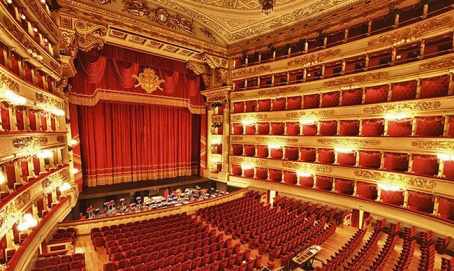
Unesco Sites of Lombardy
Stories and traditions of Lombardy
The history of Lombardy is very ancient and particular. The first human settlements date back to prehistory, precisely to the civilization of the Camuni. Afterwards, many civilizations followed one another: Celts, Etruscans, Gauls, Romans, Lombards, until the establishment of the municipal model, which led to the birth of the Lombard League. From the communes it passed to the lordships and, later, to further dominations.
The period of the Risorgimento and the unification of Italy saw Milan and Lombardy as great protagonists. Since then, the region has been famous for being one of the richest and most productive in the country and Milan is recognized as one of the most industrialized cities in the world.
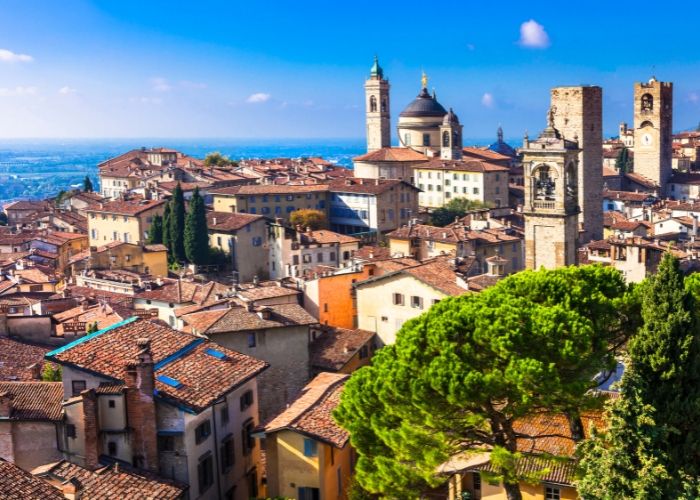
Lombardy Region
Situated in north-western Italy, Lombardy is the most populated region in Italy and the fourth largest by area. It is one of the most important industrial centers in the country and, thanks to its strong economy, is among the wealthy regions in Italy. It borders Switzerland to the north, Veneto and Trentino-Alto Adige to the east, Piedmont to the west and Emilia Romagna to the south.
The territory of Lombardy is very varied and divided between plains, mountainous areas and hills. The region does not overlook the sea; it is crossed by many rivers, including the Po, the longest river in Italy. In addition, Lombardy is home to some of the largest lakes in Italy, such as Lake Garda, Lake Como and Lake Maggiore. Crossing the region from south to north, we first encounter the Po Valley, crossed by numerous rivers and valleys. Continuing northwards, we find the lakes, the Pre-Alps and the peaks of the Alps reaching 4000 m.
The history of Lombardy is ancient and is reflected in its cities and monuments. In the 4th century BC, the region was invaded by the Gauls. The Gauls founded its most important city: Milan. At the end of the 3rd century BC, the Romans conquered the Po Valley and during Roman rule, Milan became an important political and religious centre. After the fall of the Roman Empire, the region was invaded by barbarians. In 568 the Longobards arrived and conquered most of Italy. Lombardy derives from the word Langobardia, meaning the lands occupied by the Longobards.
The largest and most important city in Lombardy is Milan, considered the capital of fashion, design and the main centre of the Italian economy. Lombardy is also the Italian region with the more provinces (12 in all). Other important cities include Brescia, Bergamo, Mantua and Como, which offer interesting tourist attractions. This region also has another important record: the highest number of UNESCO sites (10).
Thanks to its central location in northern Italy, it enjoys excellent air, rail and road connections with all major Italian and European cities. The main airports are Milan-Malpensa, Milan-Linate and Bergamo-Orio al Serio. Malpensa is the largest airport and handles most intercontinental flights and cargo traffic. Milan Linate is the closest airport to Milan and controls most domestic and European flights. Bergamo-Orio al Serio, is the airport of choice for domestic and international low-cost flights and many freight couriers. All three airports are connected to the centre of Milan by bus, train or metro. Milan has excellent rail connections, including high-speed trains, with all major cities in northern, central and southern Italy, besides fast trains connecting it to several European cities such as Munich, Vienna and Paris.
Lombardy, a destination deeply linked to the economy, has countless cultural attractions and natural beauty that attract many tourists. Most visitors arrive in Lombardy via Milan, where they stay for several days or where they stay for a shorter period, and then travel to other destinations. Milan, a dynamic city and symbol of work, offers a unique artistic heritage and many cultural attractions. Even those staying in Milan for just one day have plenty of cultural activities to choose from. In addition to iconic monuments such as the Duomo and the Castello Sforzesco, the Brera art gallery and Leonardo da Vinci's Last Supper (a Unesco site) are among the most visited places.
Milan also has a wide choice of museums, theatres, and historical and modern districts where you can experience the 'Milanese Movida's. From Milan, easily accessible by train or car, we have several destinations, ideal for a weekend of culture and relaxation in Lombardy.
An hour or so away, you can reach the cities of Bergamo, Brescia and Mantua, places with a great artistic and historical heritage, home to Unesco sites. Not to be overlooked are the lesser-known Cremona, the city of the violin, world-famous for its violin-making art, and Pavia, home to the Certosa di Pavia, another of the most visited monuments in Lombardy.
Lake Como, its picturesque villages and wonderful villas, surrounded by beautiful botanical gardens and parks, can be reached within an hour by train. Among the most famous and visited hamlets and villas on Lake Como are Bellagio, Varenna, Villa Carlotta and Villa Monastero. Lake Maggiore and Lake Garda are also easily accessible from Milan and are popular tourist destinations. Numerous boat tours are available for visitors to discover the islands and the natural beauty of these beautiful lakes. In Sirmione, a picturesque village on the southern shore of Lake Garda, the Scaliger Castle and the Grottoes of Catullus (an ancient Roman villa) are among the most visited places in Lombardy.
The presence of beautiful mountains allows for practising winter sports or trekking in all seasons. Some of the most popular Lombardy mountain resorts include Livigno, Bormio with its thermal baths, Madesimo and Ponte di Legno in Val Camonica, a valley with ancient rock engravings, recognised as a Unesco heritage site.
The variety of the territory and the different historical events of this region are also reflected in the Lombardy cuisine, which is very varied.
Besides stuffed pasta dishes, risottos, soups and meat dishes, thanks to the presence of several lakes and many rivers, we have numerous fish dishes. Risotto is undoubtedly the iconic dish of Lombardy. Added to this are the famous cotoletta alla milanese, polenta, bresaola della Valtellina and then panettone, a traditional Christmas cake, and torrone. Whatever the season, Lombardy offers alternatives for longer or shorter stays of culture, relaxation and beautiful landscapes.



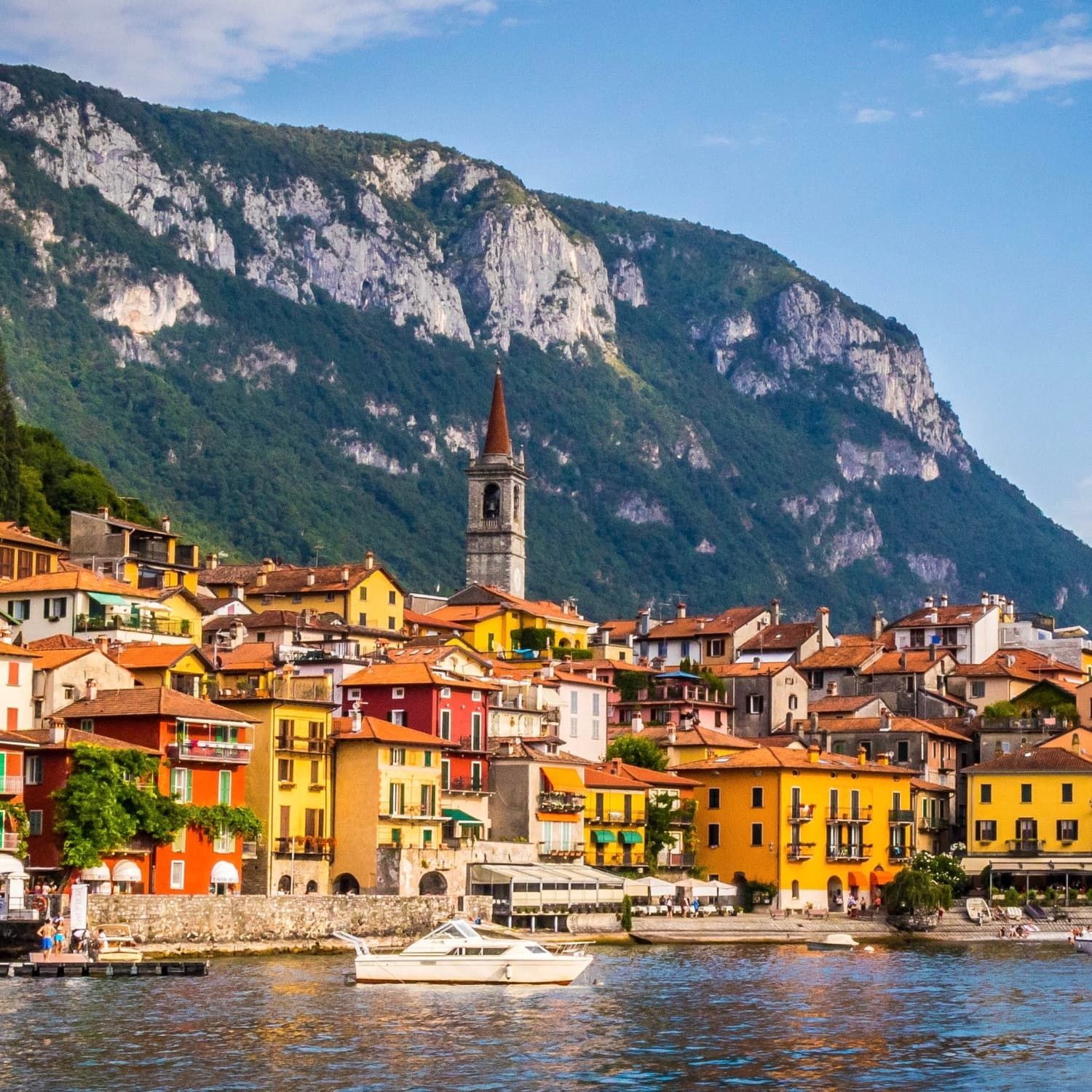
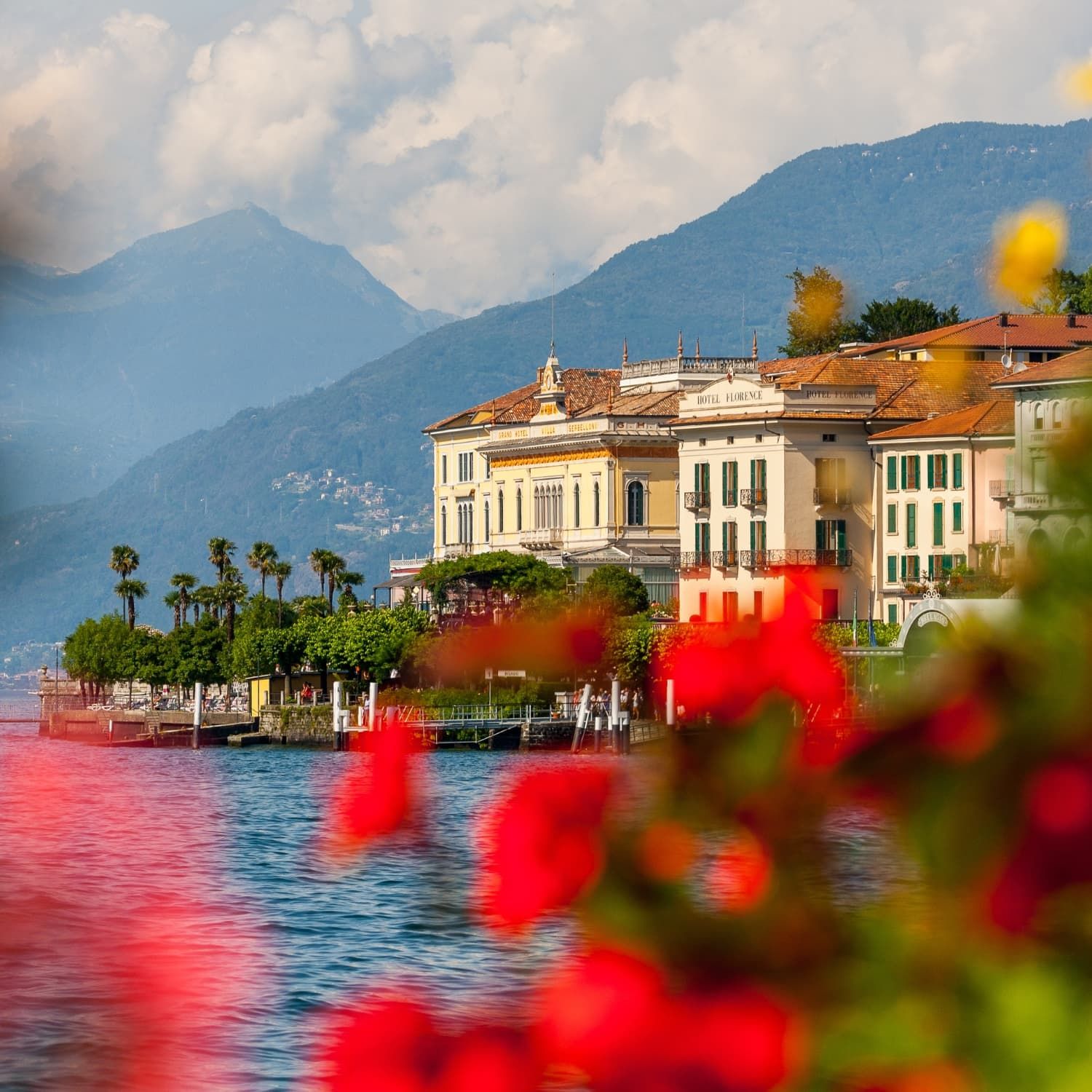

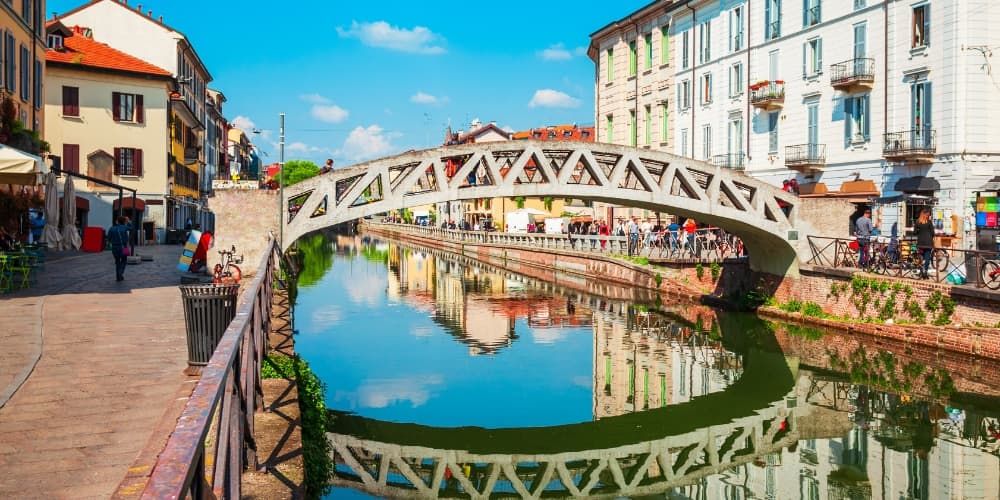
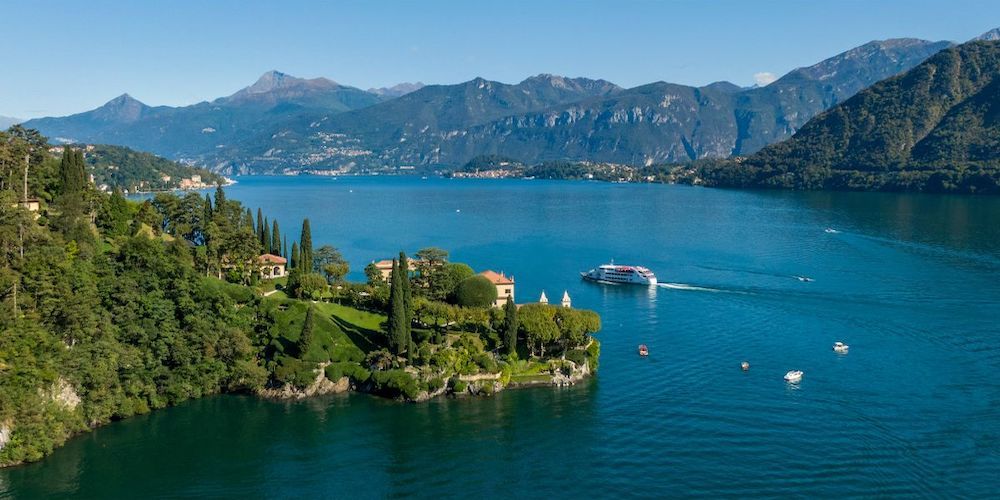
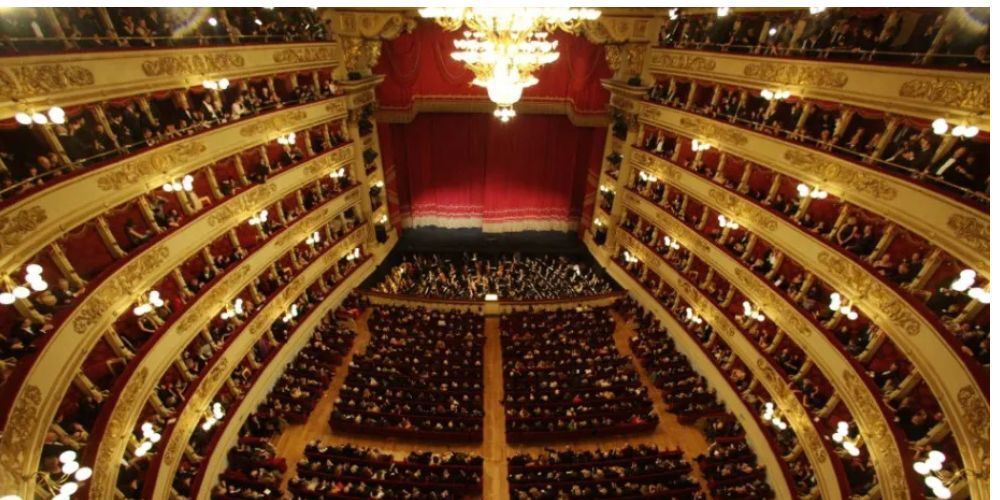
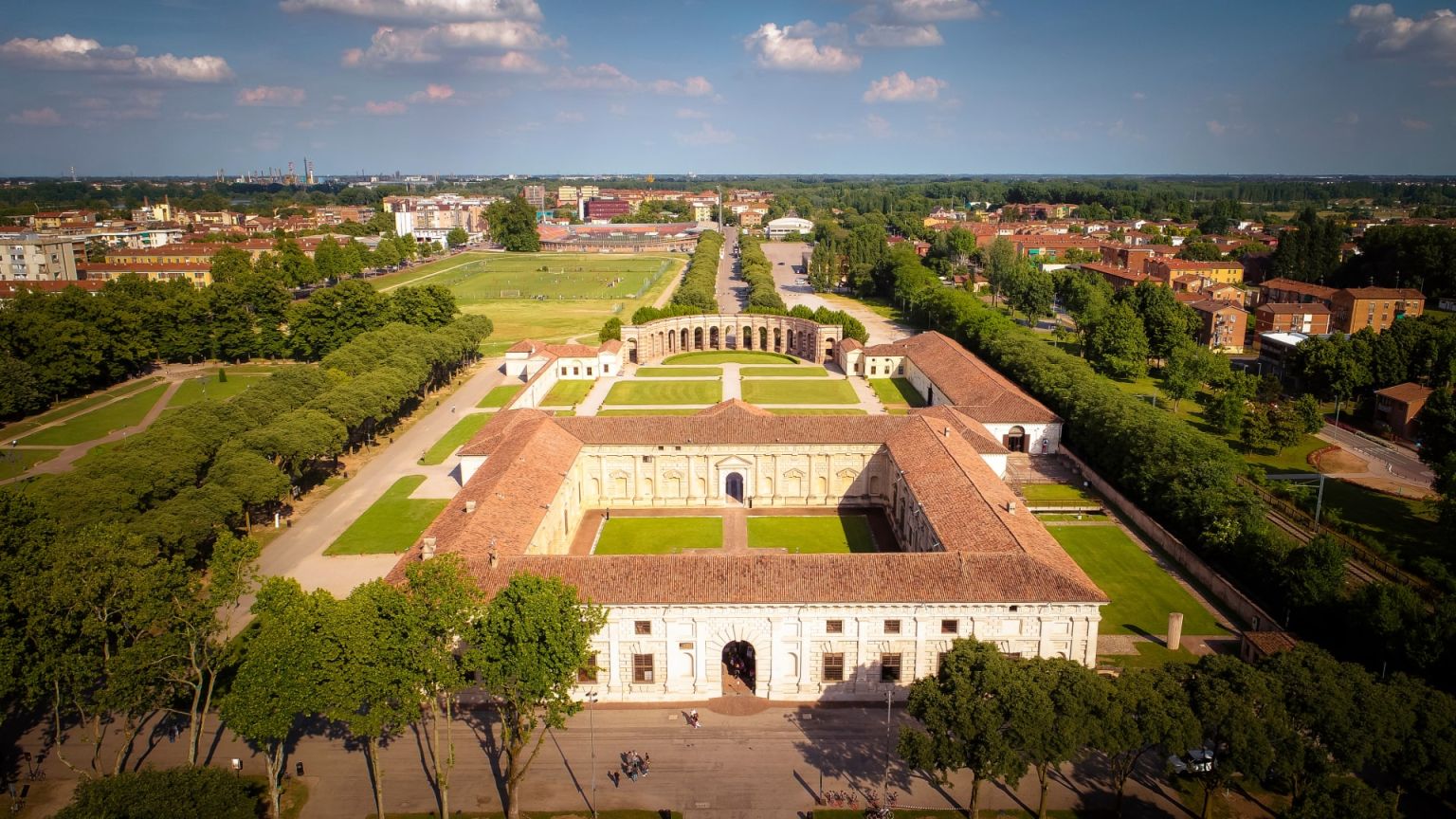
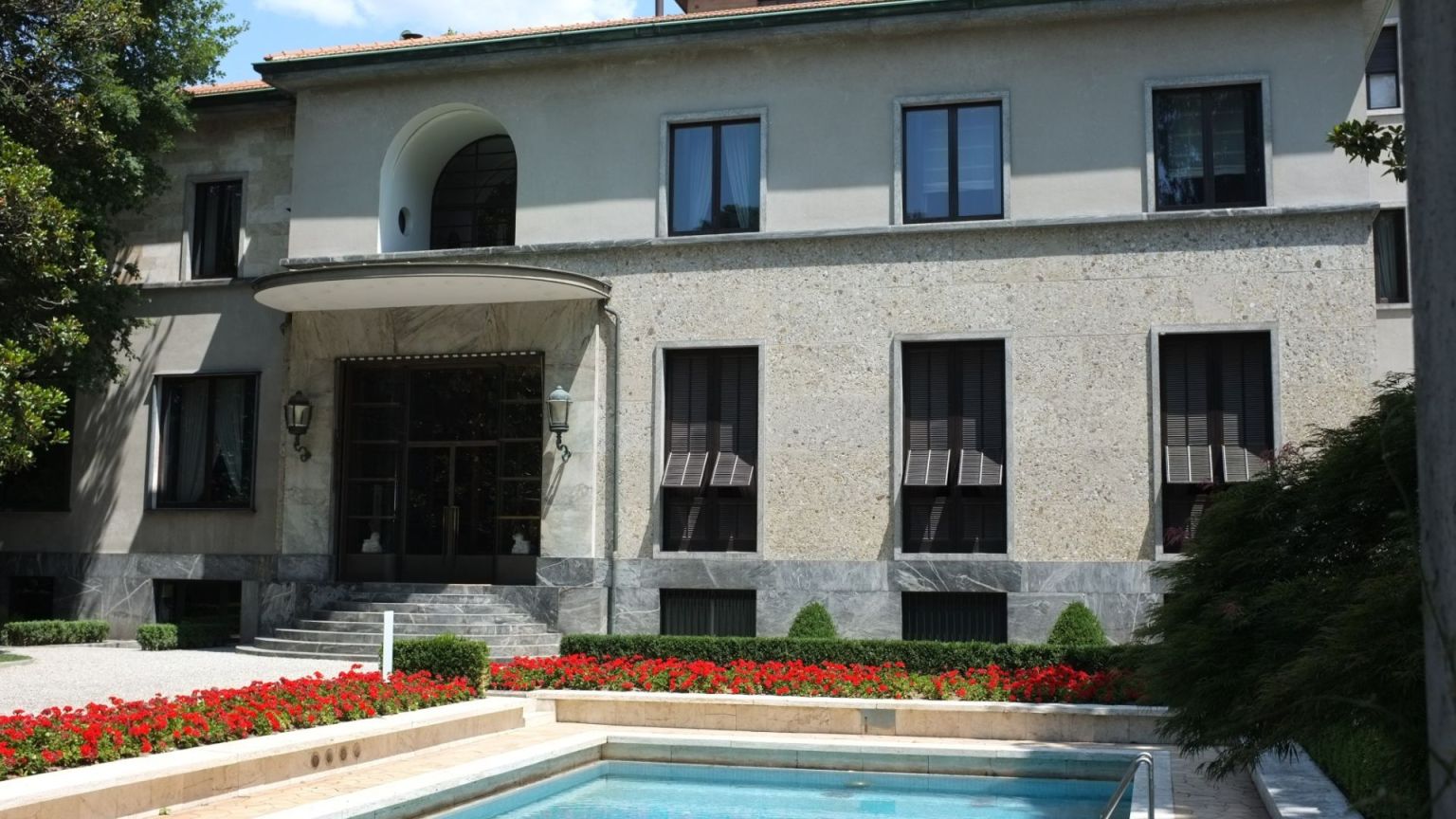

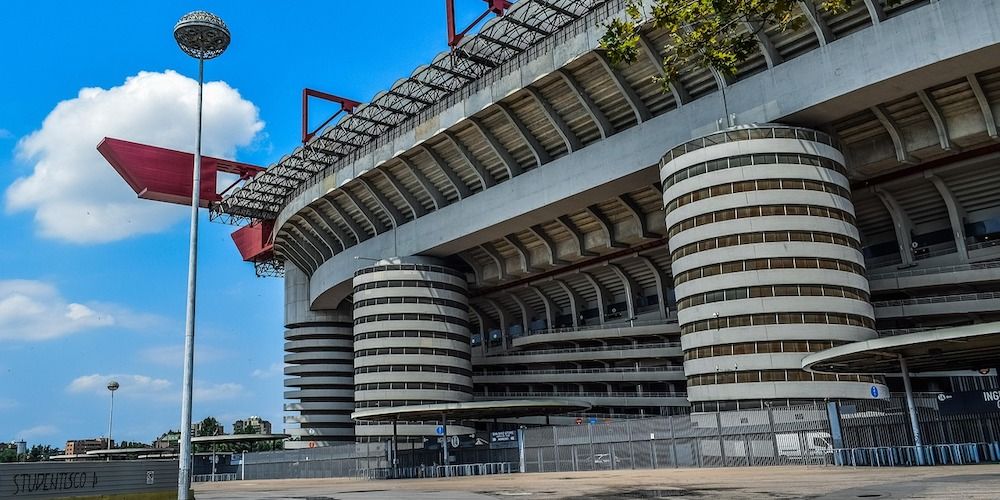
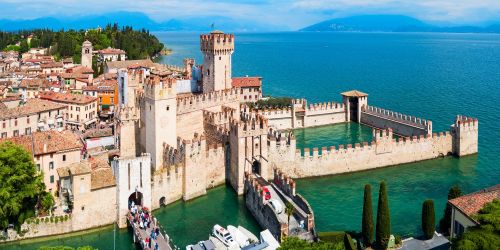
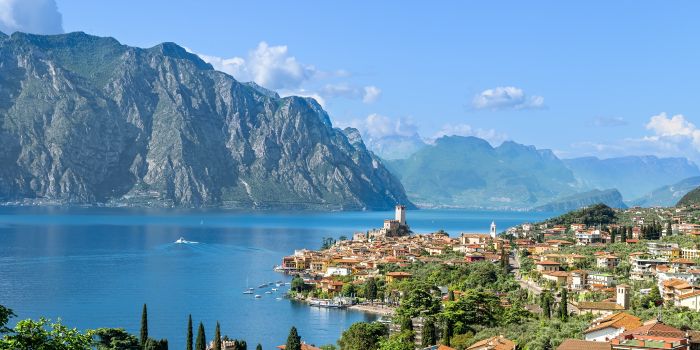

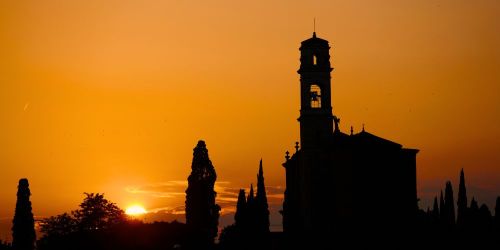
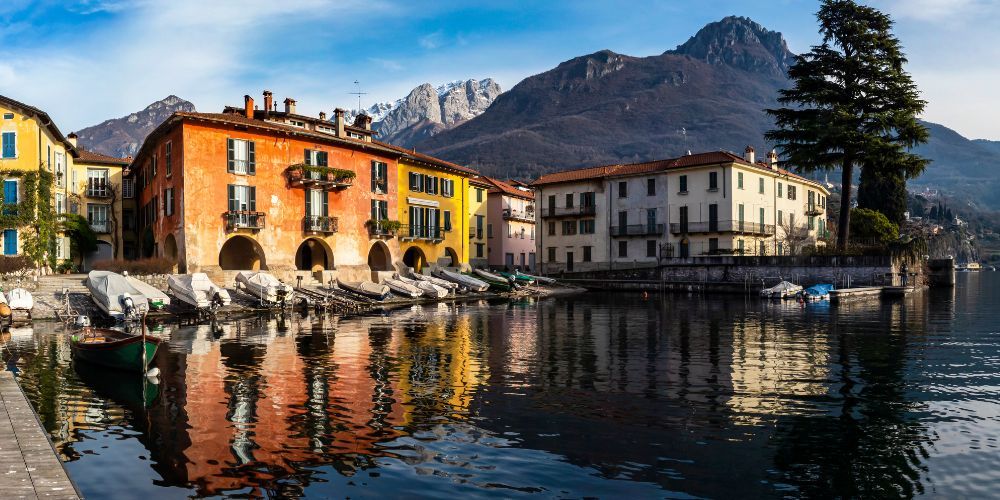
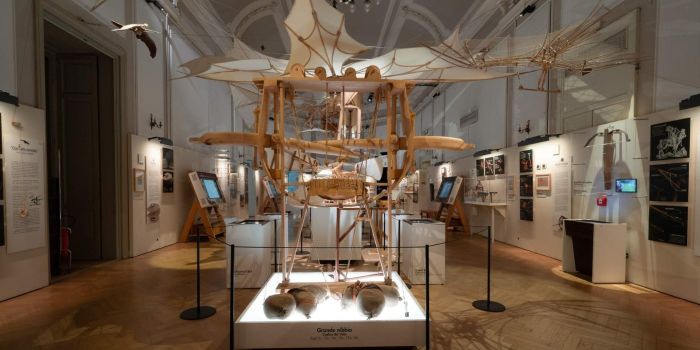

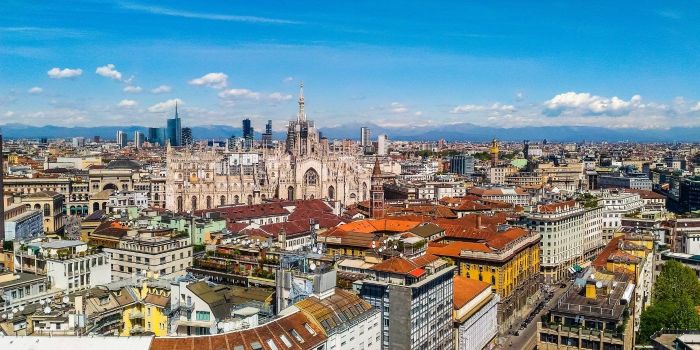

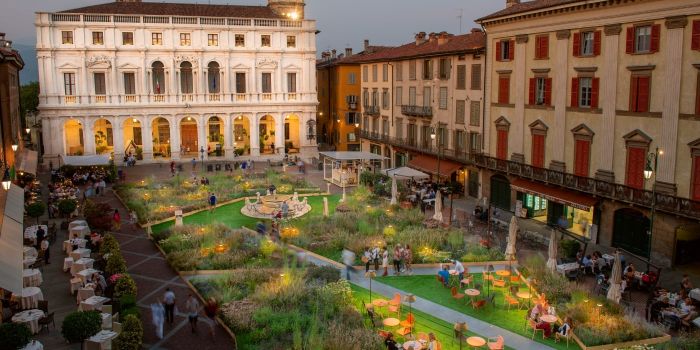

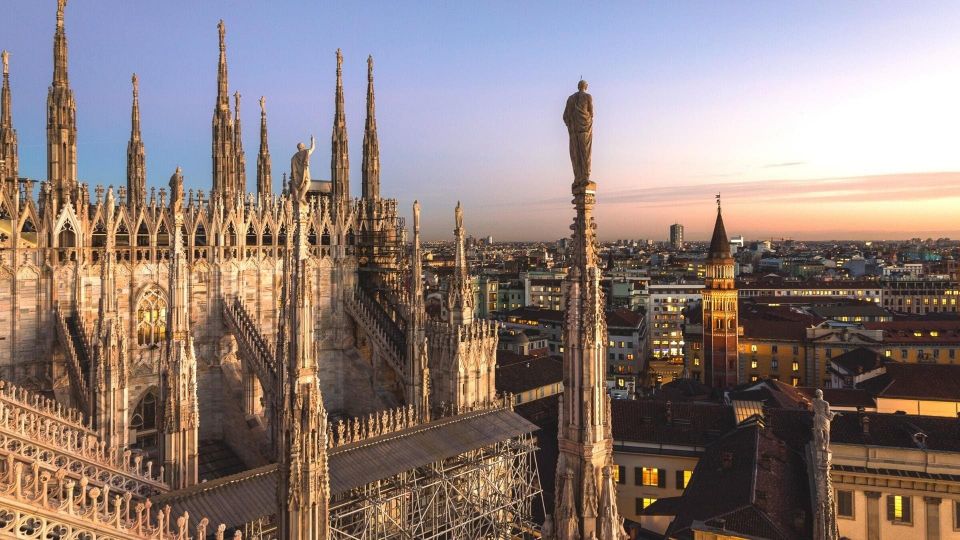
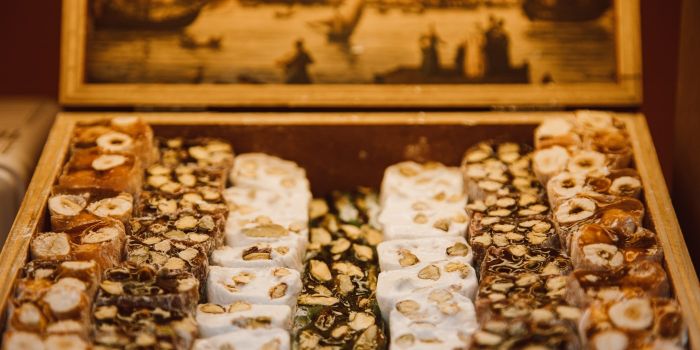
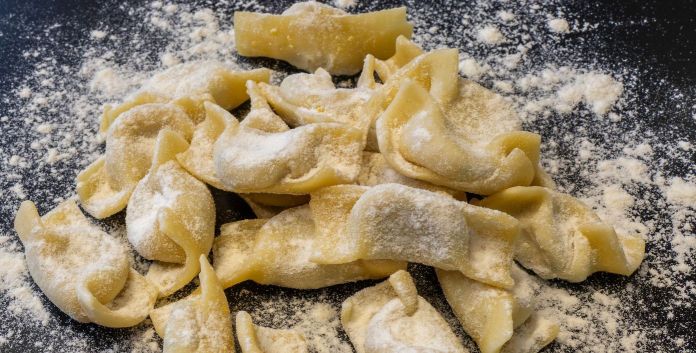
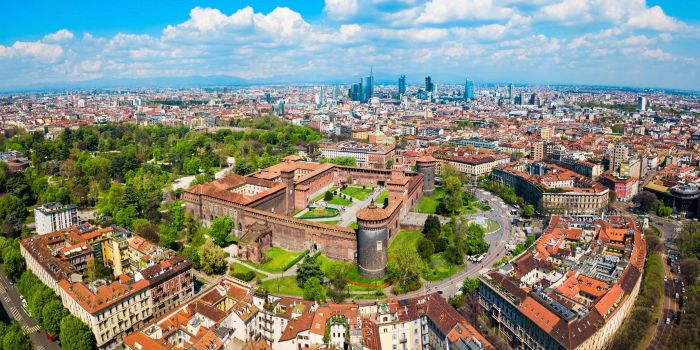
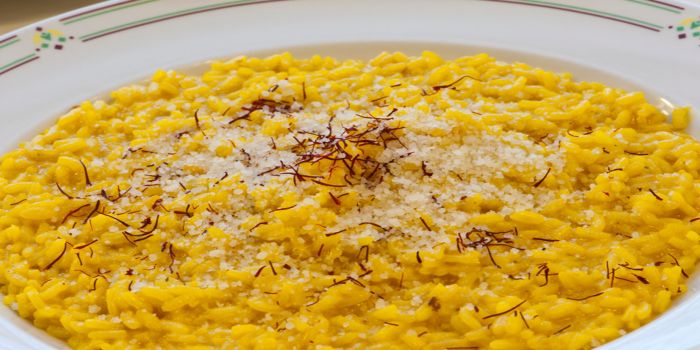
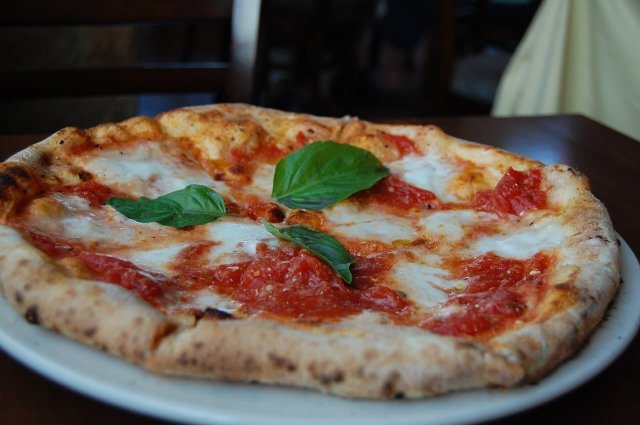
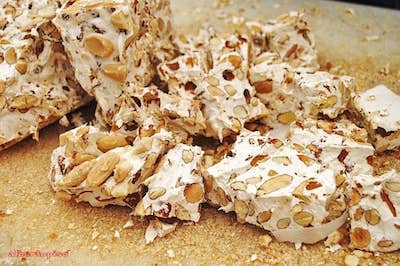
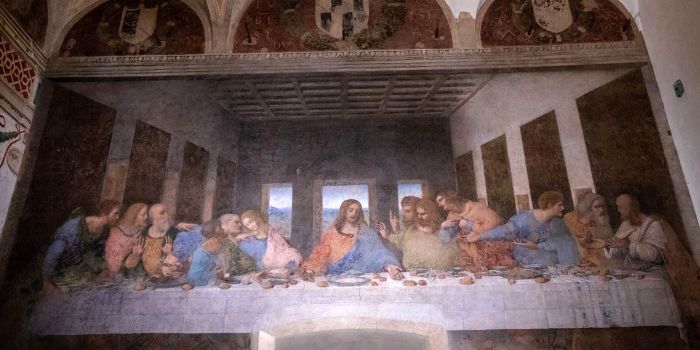
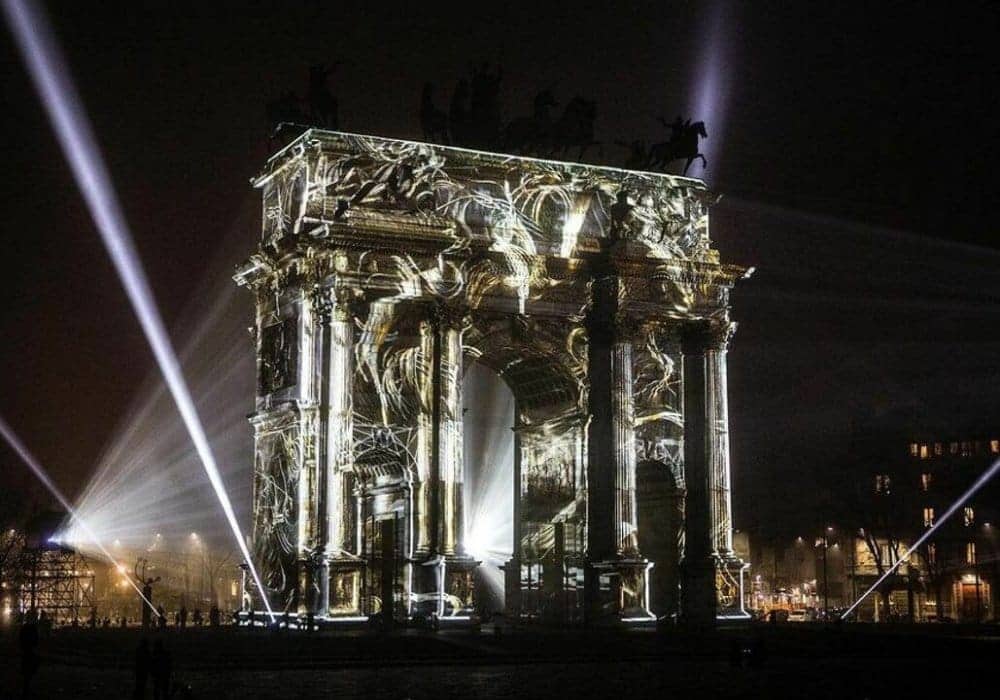

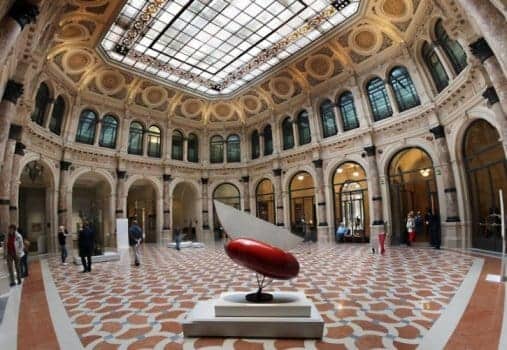
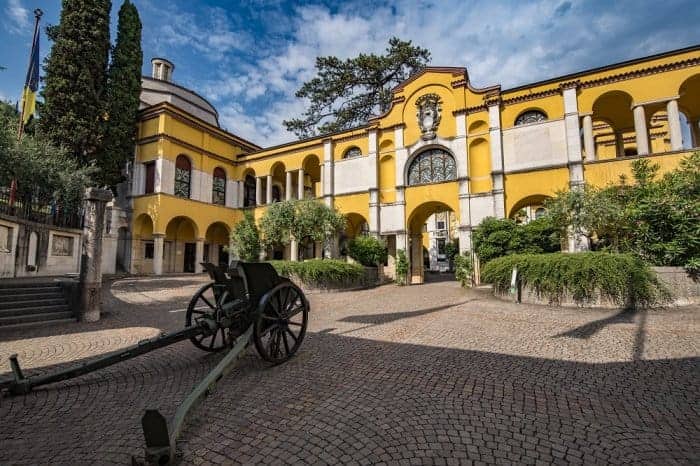
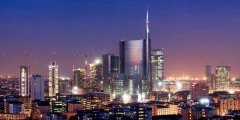
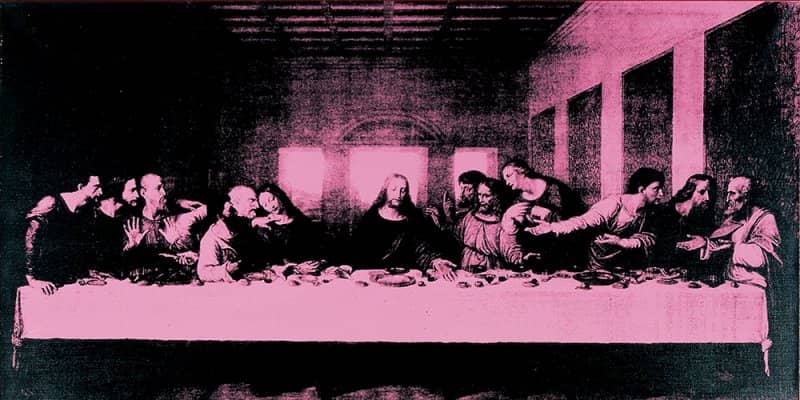
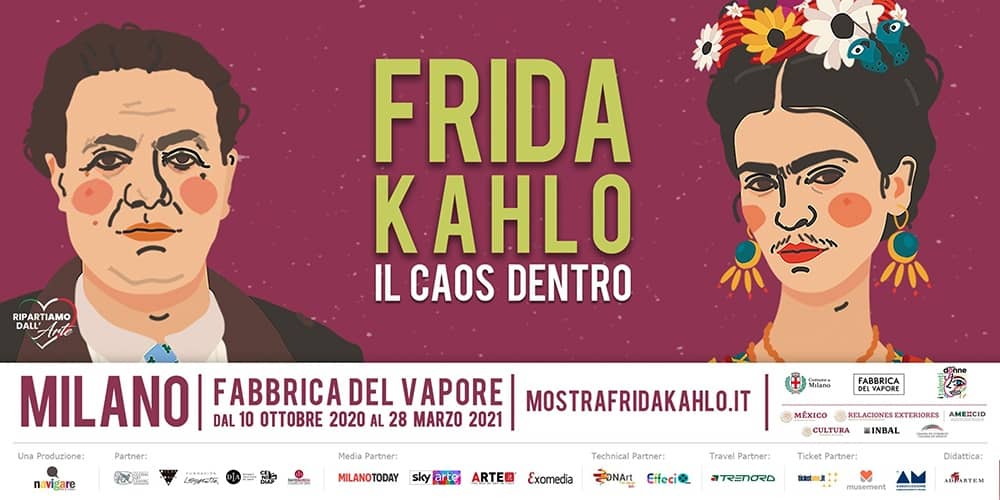
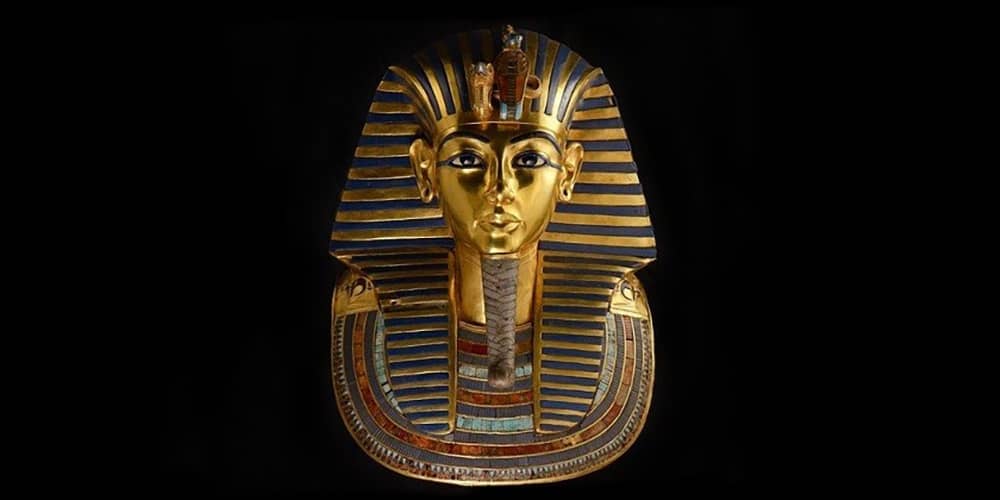
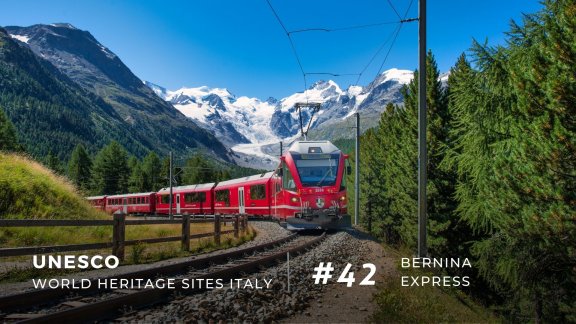
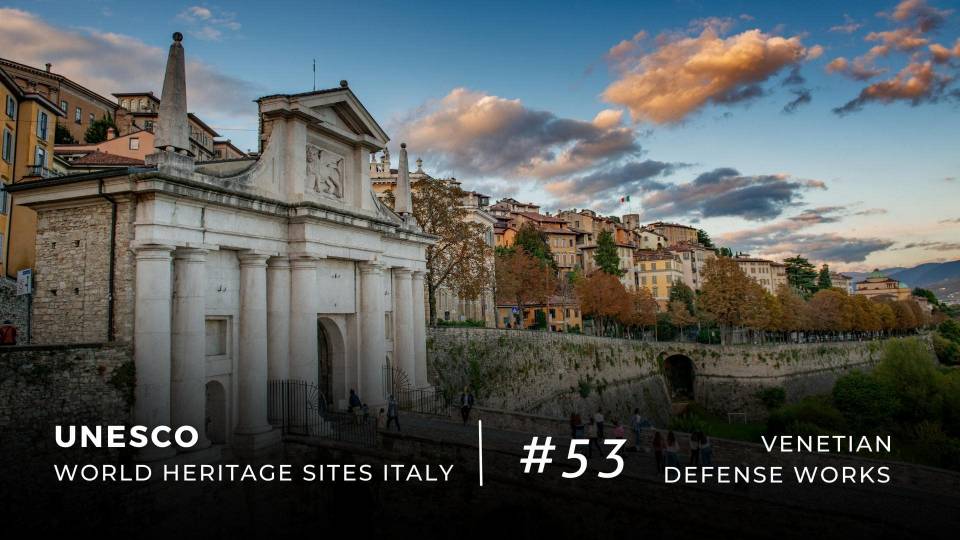
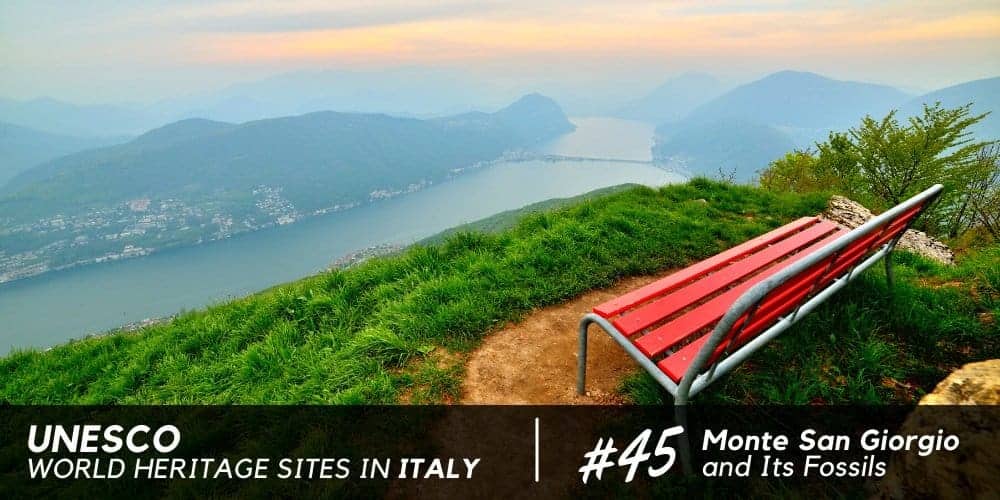
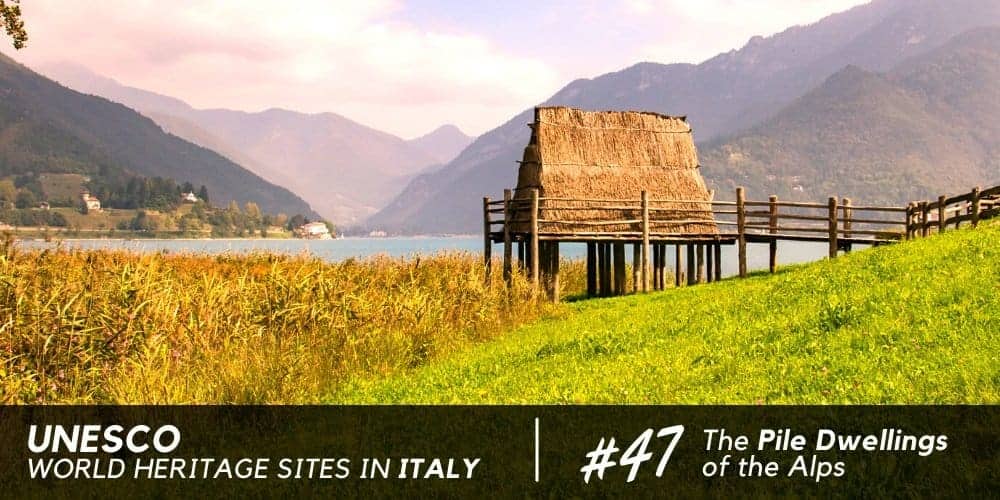
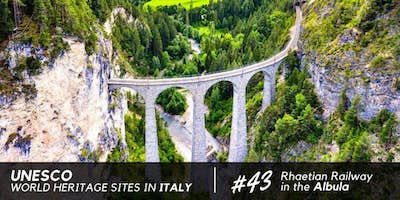
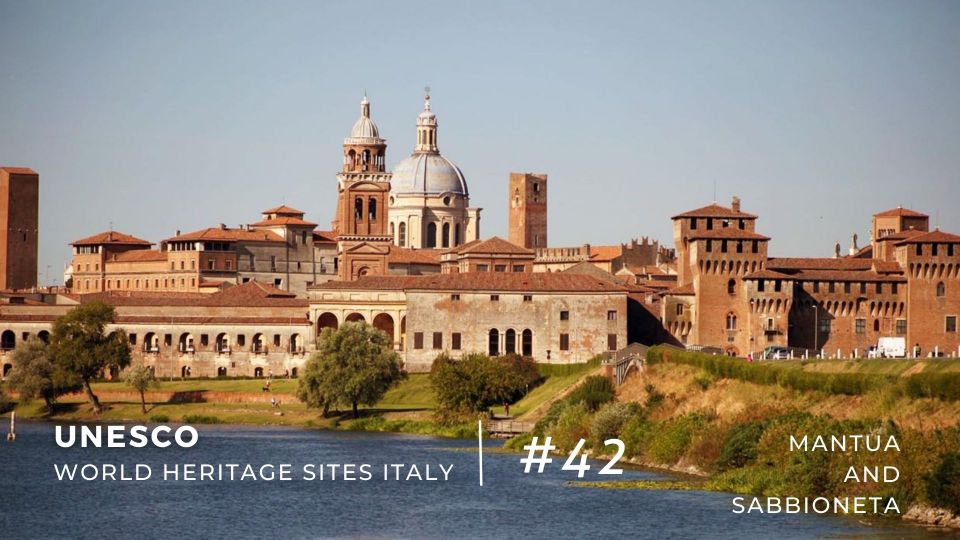


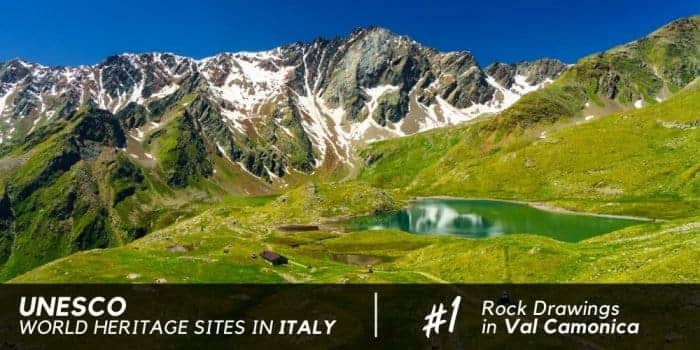
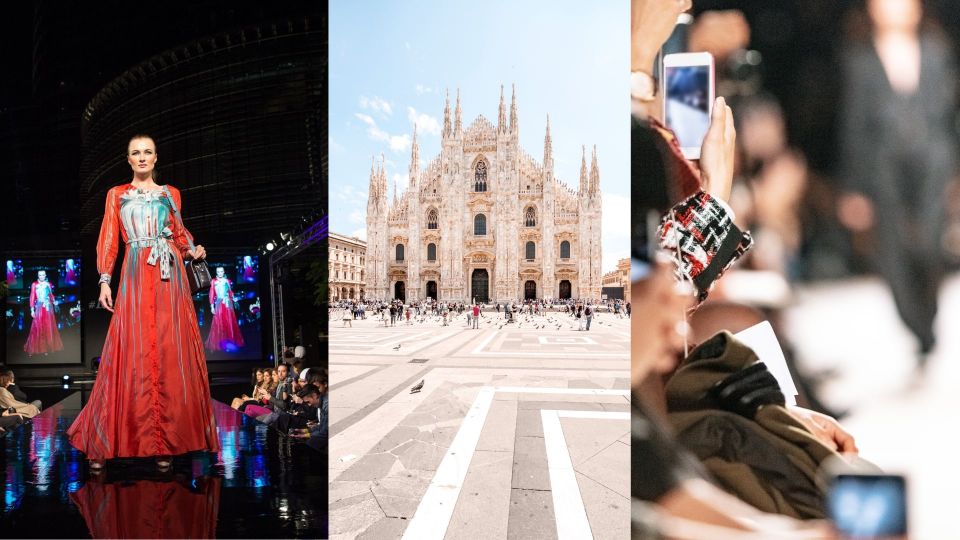
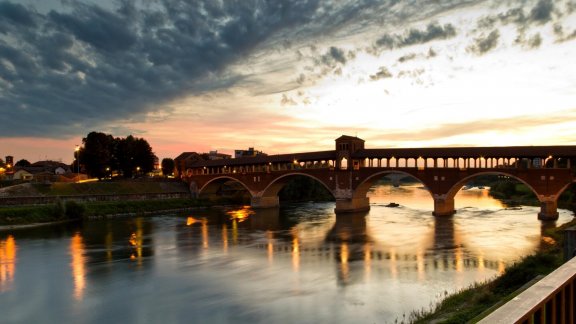
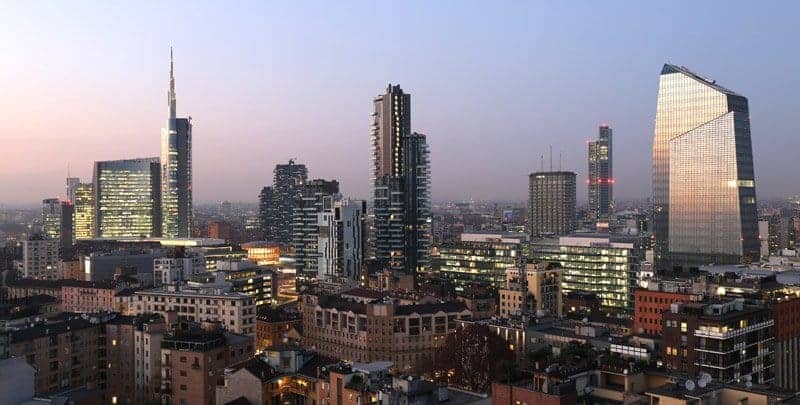
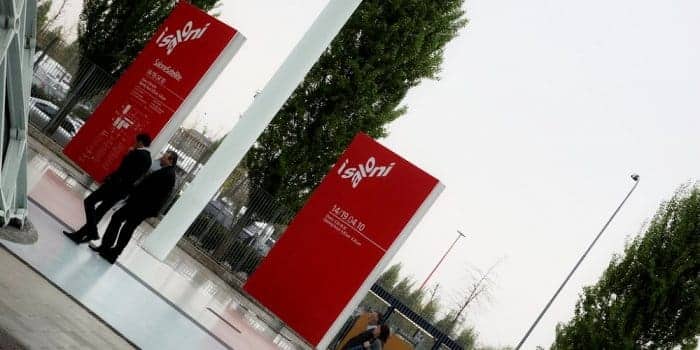
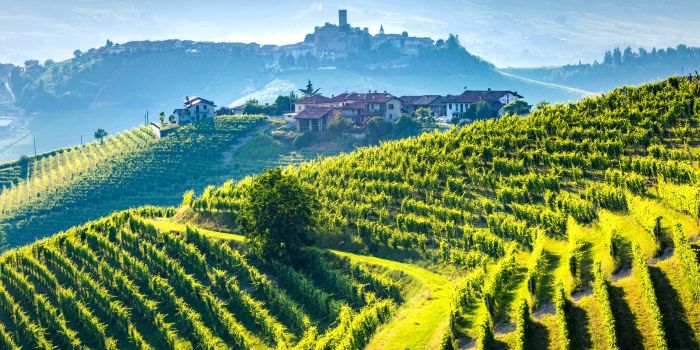
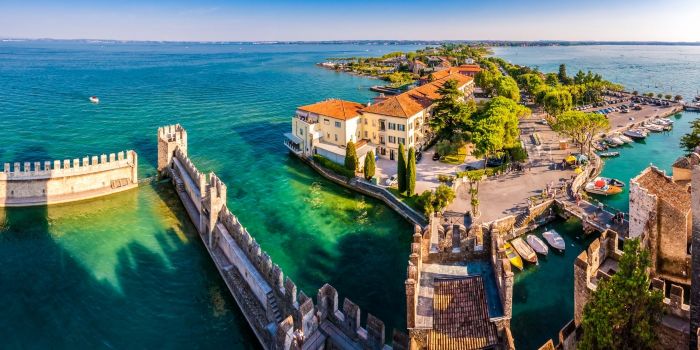
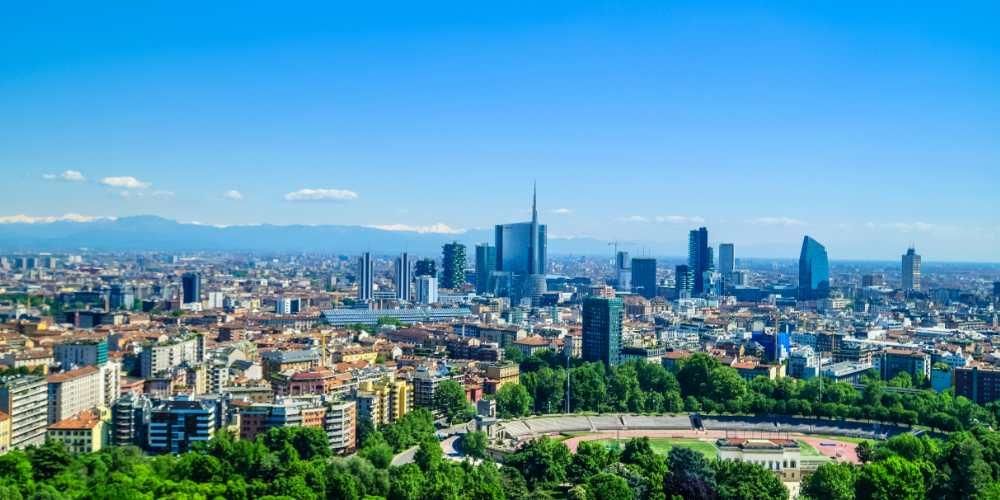
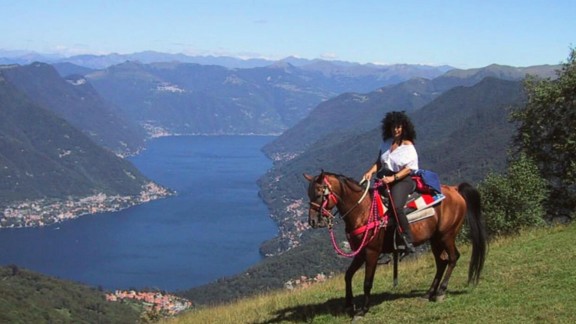
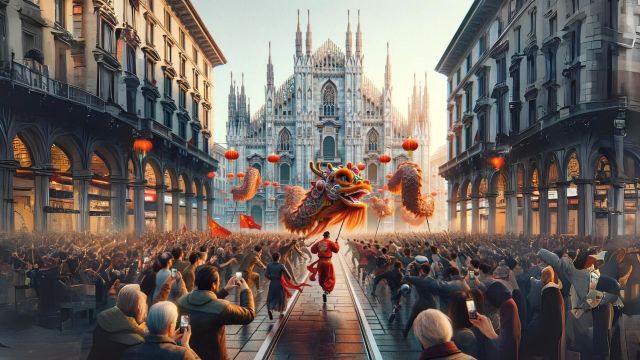

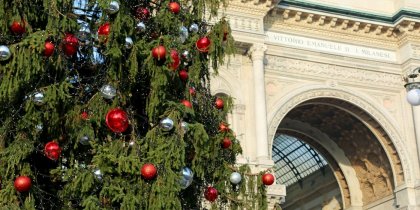
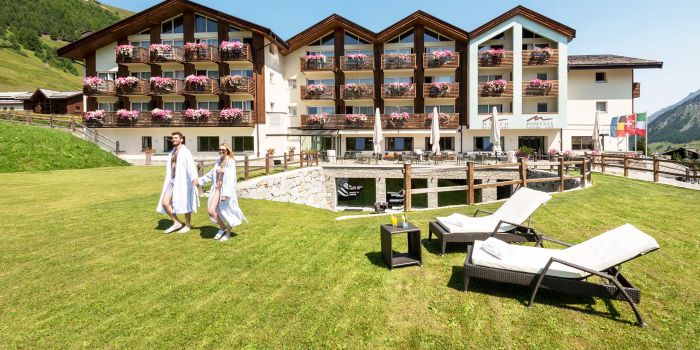
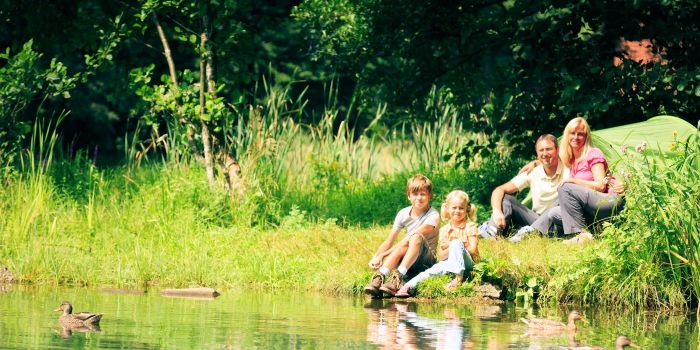
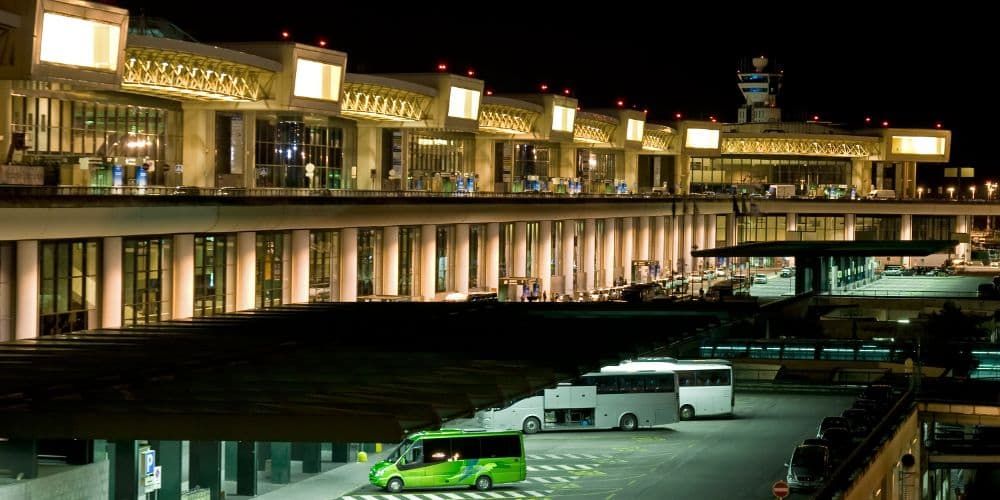
Ciao! I'm Monna Lisa, your digital travel designer. I'm here to help you plan your perfect trip to Italy.